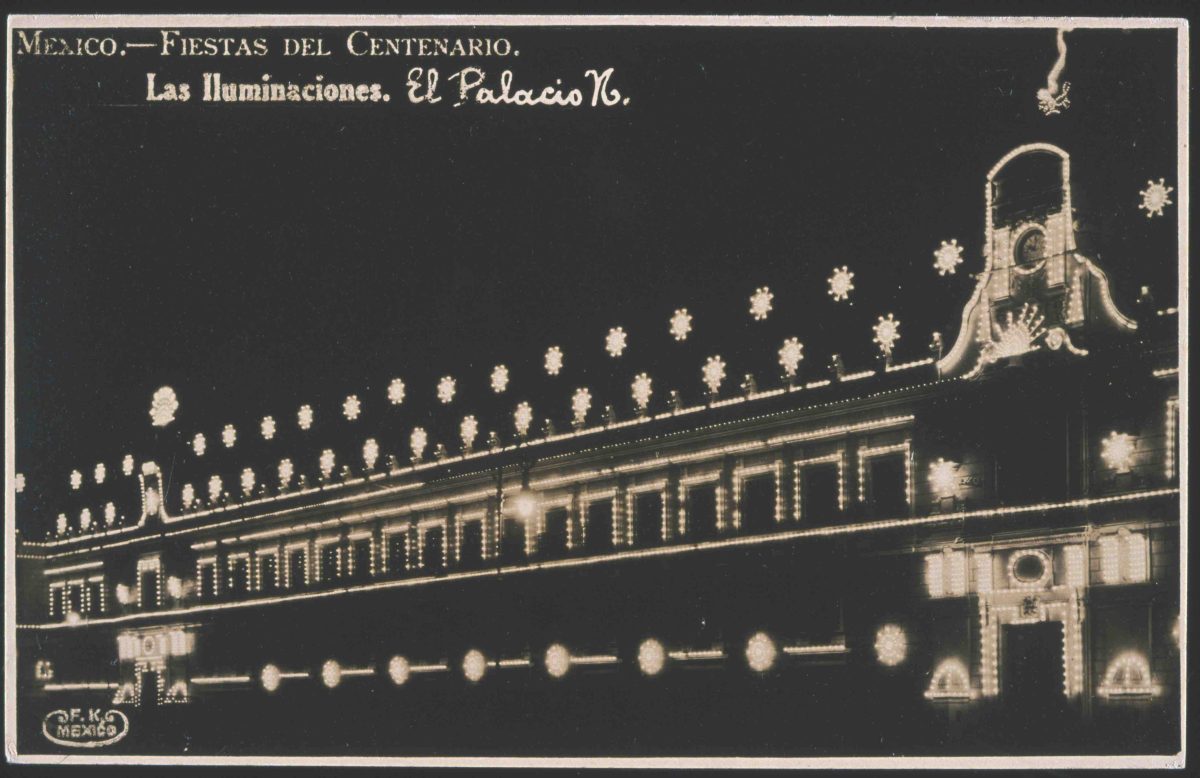
The century between 1830 and 1930 was a crucial transitional period for Latin American cities. During this time, places like Buenos Aires and Rio de Janeiro exploded in population and importance — jumping from 60,000 to two point one million inhabitants, and from 185,000 to more than one million, respectively — while former colonial centers like Lima grew much more slowly, and diminished in political and economic power. The decades that followed independence from Spanish and Portuguese rule saw dramatic shifts in the identity and function of the city as it became a true metropolis. This period shaped the physical, political, and social organization of the Latin American megalopolises we know today.
The Metropolis in Latin America, 1830-1930: Cityscapes, Photographs, Debates (Getty Research Institute, 2021), a new book edited by Idurre Alonso and Maristella Casciato, explores the impact of the rapid growth and industrialization of this period on Latin American life and culture through six of its major cities: Buenos Aires, Habana, Lima, Mexico City, Rio de Janeiro, and Santiago de Chile. The Metropolis comes four years after an exhibition of the same name at the Getty Center. Both are based on materials from the Getty Research Institute’s collection, which had largely never been exhibited publicly before. But the book takes a more multidisciplinary approach, exploring the region’s architecture, urban planning, film, photography, and landscape design across this pivotal century.

“Latin America encompasses more than 20 countries with very different histories and realities,” Alonso and Casciato wrote to Hyperallergic in a recent email. Tackling such a wide-ranging time period and geographical territory runs the risk of oversimplifying the subject matter. However, the book’s essays are carefully argued and highlight specific connections and challenges shared by post-colonial sites without homogenizing them as they developed and defined their own aesthetics and social identities.
For example, authors cite Latin American architects’ and city planners’ ambivalent fascination with European urban models, first in Georges-Eugène Haussmann’s Parisian renovations during the Second French Empire, and later through designers like Le Corbusier and Léon Jaussely, who conducted professional projects in Latin America in the early 20th century. Haussmann’s grand gardens and boulevards echoed in the new parks and promenades of cities like Buenos Aires and Mexico City, where the changes in public space spawned new leisure rituals and class divides. Le Corbusier made two trips to Argentina and one to Brazil in the late 1920s and 1930s, where he delivered lectures and initiated a redesign of Rio de Janeiro’s business district that would later be executed by a group of young Brazilian architects that included Lúcio Costa and Oscar Niemeyer. However, by his last trip to Argentina in 1938, Le Corbusier’s proposal for a new master plan for Buenos Aires was not embraced.

Another phenomenon explored in the book is the rise of neocolonial and neo-pre-Hispanic architectural and decorative motifs across the Americas, in Southern California architecture, and in Latin American pavilions at the Ibero-American Exposition in Seville from 1929 to 1930. In this sense, the essays in The Metropolis embrace an even wider reach.
Ultimately, the book fills vital gaps in scholarship about this foundational period, which is often overlooked when compared to the colonial and modern eras that precede and follow it. The Metropolis gives readers a deeper understanding for why these cities are the way they are today. “From the mid-19th century and into the 20th, the new republican governments that emerged after the independence processes employed architecture and urbanism to redefine the identities of their respective nations,” Alonso and Casciato said by email. “The current megalopolises find their seeds in the history of the metropolises … The phenomenon goes beyond Latin America, and has become global.”



The Metropolis in Latin America, 1830-1930: Cityscapes, Photographs, Debates is published by the Getty Research Institute and is available on Bookshop.
0 Commentaires